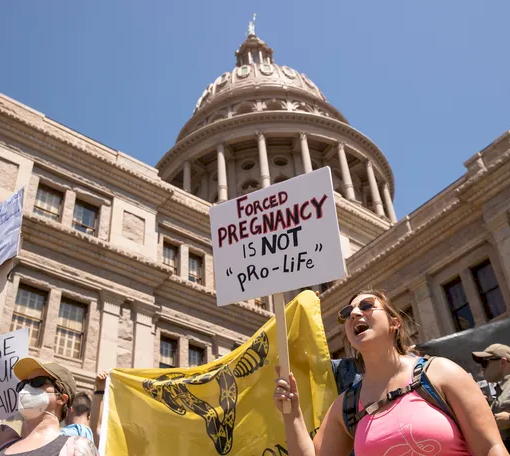Courtesy of Bastrop Advertiser
June 15, 2020
By Bill McCann
Five decades ago, I worked for a newspaper that sent me to Europe on several assignments, including writing about American military deserters who fled to Sweden during the Vietnam War.
My published story was controversial. I got some angry letters and calls accusing me of coddling turncoats. Mostly I listened, except for one angry man who bragged he was from Virginia, home of American heroes like George Washington and Robert E. Lee.
The conversation ended when I asked him who was worse, a kid who refused to fight in a war where the United States was not directly threatened, or General Lee, who turned against his own country in a civil war to perpetuate slavery?
I recalled that conversation recently when a Black man, George Floyd, died at the hands of Minneapolis police, sparking renewed efforts nationwide to fight racial injustices that still exist 155 years after the Civil War. It also sparked renewed efforts to eradicate from public places Confederate monuments and other symbols of slavery and white supremacy.

In Bastrop, for example, local citizens are petitioning county officials to remove two Confederate monuments from the courthouse lawn. Out of respect for Black people, it is way past time for these memorials to be hauled off.
Research by the Southern Poverty Law Center located more than 1,700 symbols of the Confederacy displayed in public places nationally, including nearly 800 monuments and statues (68 in Texas) honoring Confederate military personnel, especially Lee. Also, 10 major U. S. Army bases are named after Confederate military officers, including Fort Hood in Central Texas. All are in former Confederate states. It is way past time to rename those bases after heroes who served our nation, not those who sought to destroy it.
Some defenders argue that Confederate monuments are representations of America’s history and should be left alone. History? My socks last longer than the Confederacy did. Meanwhile, every time Black people pass by one of those things I can only imagine the pain they feel to be reminded of the history of enslavement of their ancestors; and also reminded of injustices they still face today, including police brutality, unequal justice, and voter suppression.
Others argue that the monuments are important because they honor dead soldiers. Then put them in cemeteries, not on courthouse lawns, where they silently signal to people of color that some folks are less likely to receive justice than others.
Hundreds of the Confederate monuments were installed during the Jim Crow era of re-segregation of the South from around 1900 to the 1920s. Others were installed during the civil rights era of the 1950s and 60s. Many were sponsored by the United Daughters of the Confederacy, whose members also promoted a rewrite of history that minimized the role of slavery as the reason for the war and pushed the story that the Confederacy was about defending states’ rights and the “southern” way of life. The Daughters succeeded in getting that misinformation in school textbooks. But we need only read the secession statements of states like Mississippi, Georgia, and Texas to see the significance of slavery to the Confederacy.
Confederate Vice President Alexander Stephens stated in 1861 that the cornerstone of the Confederate government rests upon “the great truth that the negro is not equal to the white man; that slavery subordination to the superior race is his natural and normal condition.”
Everything on a courthouse property represents a community’s values and principles. What kind of values are conveyed to that community when a county publicly displays monuments to a twisted ideology based on racism and white superiority? Let’s respect our Black neighbors. Let’s celebrate Juneteenth, June 19, by removing the monuments.




